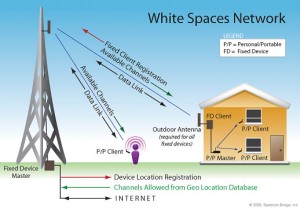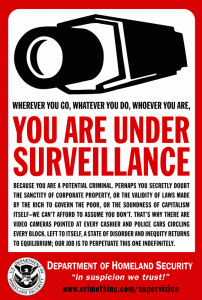One of the unsung heroes and villains of modern life is human waste, or poo as we like to call it. It is like death and taxes in that well known phrase about certainty, there is an awful lot of it around, and it is full or carbon.
A few years ago there was uproar when we discovered that farmers were using human waste to make their plants grow faster, a practice that like many of life’s more unsavoury issues has remained largely out of the public gaze for years. But what do we do with all of this waste? We can just pump it out into the sea, or dump it in landfill sites as is common in the USA, although these don’t really seem like great solutions to me. Good news is on the horizon though, a company in California has started to use it to make plastic, taking some out of the dumping category and making use of the carbon.
Admittedly we have the old gag reflex again. A plate of carrots grown with the aid of human waste to go with your minced beef with horse trace pie with a plastic bottle made out of human sewage full of fresh, crystal clear mountain water to wash it all down. But just think about the potential.
Plastic can be produced using human waste, bottles can be made from it, and it is biodegradable, so why not? This BBC video tells the story of an experimental bio-plastics lab called Micromidas, where this process is being experimented and researched, and where human waste is already being turned into plastic.
The process involves making a kind of nutrient soup from the waste to which bacteria is added. They produce something called PHA, a type of polyester. They feed on the waste and take up the carbon and turn it into this form of plastic. Then the plastic containing parts are separated and cleaned.
The material is then dried, the plastic extracted and made into pellets. It can then be used to make practically anything that we currently make using fossil fuel based plastic. There is after all no shortage of raw materials, so proponents hope to replace the old fossil fuel production with the new.
The process is very much in experimental stage, but the researchers hope to be able to produce on mass within the next 2 to 3 years, bringing the price down so that it can compete in a global market. Good for everyone, and the environment.
Just as a slightly less obnoxious adjunct I would like to add that Micromidas are also setting up a lab that is working on turning cardboard into Paraxylene, a chemical once more used to make plastic bottles, again in the hope of getting into and cutting out the fossil fuel market (usually Paraxylene comes from oil). Read this report about their work.


